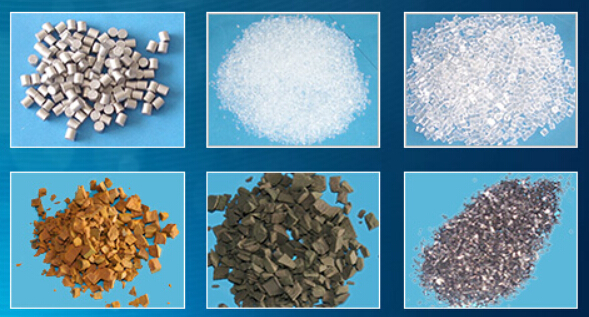
In 1912 von Pohl and Pringsheim reported forming films by evaporation materials in a vacuum from a magnesia crucible that was heated by a resistively heated foil surrounding the crucible. They are sometimes credited with the first deposition by thermal evaporation in vacuum. In 1913, Langmuir studied the vaporization rate of materials in vacuum and also reported forming films.
Ritschl is often credited with being the first to use evaporation from a filament to form a film in vacuum. He reported thermal evaporation of silver from a tungsten wire basket to form half-silvered mirrors in 1931. Cartwright and Strong reported evaporating metals from a tungsten wire basket in the same year, but the technique they tried was not successful for evaporating aluminum because molten aluminum wets and alloys with the tungsten wire, which causes it to “burn out” when there is a relatively large volume of molten aluminum.
Aluminum was not successfully evaporated until 1933 when John Strong used heavy-gauge tungsten wire that was wetted by the molten aluminum. John did a great deal of development using thermal evaporation of aluminum from multiple tungsten filaments for coating astronomical mirrors. Strong, with the help of designer Bruce Rule, aluminum coated the 200” Palomar astronomical telescope mirror in 1947 using multiple filaments and a 19-foot diameter vacuum chamber.
In 1817, Fraunhoffer noted that optical lenses improved with age due to the formation of a surface film. Following this discovery many investigators artificially aged lenses to form antireflection coatings. For example, in 1904 H.D. Taylor patented (British) an acid treatment of a glass surface in order to lower the index of refraction and the reflectivity by producing a porous surface. In 1933 A.H. Pfund vacuum-deposited the first single-layer (AR) coating (ZnS) while reporting on making beamsplitters and Bauer mentioned AR coatings in his work on the properties of alkali halides.
The Germans deposited CaF2 a nd MgF2 AR coatings during WWII. Plasma cleaning of glass surfaces is reported to have been used by Bauer at the Zeiss Company in 1934. The Schott Company (Germany) was also reported to have deposited three-layer AR coatings by flame-pyrolysis CVD during WWII.
In 1935, based on Bauer’s observation, A. Smakula of the Zeiss Company developed and patented AR coatings on camera lenses. The patent was immediately classified as a military secret and not revealed until 1940. In 1936 Strong reported depositing AR coatings on glass. In 1939 Cartwright and Turner deposited the first two-layer AR coatings. One of the first major uses of coated lenses was on the projection lenses for the movie Gone With the Wind, which opened in December 1939. The AR coated lenses gained importance in WWII for their light-gathering ability in such instruments as rangefinders and the Norden Bombsight.
The AR coated lenses gained importance in WWII for their light-gathering ability in such instruments as rangefinders and the Norden Bombsight. During WWII, baking of MgF2 films to increase their durability was developed by D.A. Lyon of the U.S. Naval Gun Factory. The baking step required that the lens makers coat the lens elements prior to assembly into compound lenses.
In 1943, the U.S. Army sponsored a conference on “Application of Metallic Fluoride Reflection Reducing Films to Optical Elements.” The proceedings of this conference are probably the first extensive publication on coating optical elements.
In 1958 the U.S. military formally approved the use of “vacuum cadmium plating” (VacCad) for application as corrosion protecmium. In recent years PVD processing has been used to replace electroplating in a number of applications to avoid the water pollution associated with electroplating.
To learn more about the history of thermal evaporation, please follow our website. We will update articles about evaporation pellets every week, so stay tuned. If you are interested in high quality evaporation pellets, please visit our official website for coating materials at https://www.sputtertargets.net/.